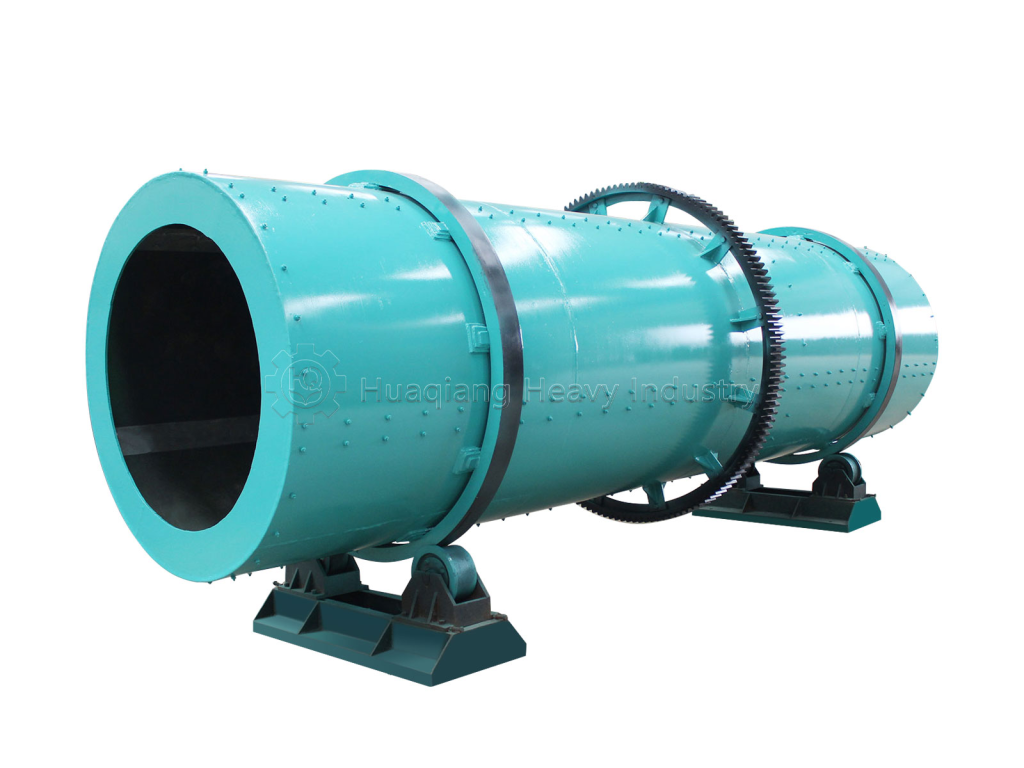
Coating machines play a crucial role in both organic and NPK fertilizer production processes by applying protective or functional layers to granules. In organic fertilizer production line, they help enhance product quality after composting and granulation, while in NPK manufacturing, they prevent caking and nutrient loss. Drum granulation serves as a common granulation method for both processes, creating uniform fertilizer particles that coating machines subsequently treat. This interconnected equipment sequence enables efficient production of high-quality fertilizers in both organic and synthetic varieties.
How Modern Coating Machines Work
Contemporary coating machines employ fluidized bed or rotary drum technologies, completing the coating process through four precise stages:
- Preheating: Fertilizer granules heated to optimal temperature (typically 60-80℃)
- Atomized Spraying: Coating material evenly covers granule surfaces in micron-level mist
- Fluidized Drying: Hot air fluidizes granules ensuring uniform coating distribution
- Cooling and Solidification: Cooling air rapidly solidifies the coating layer
Advanced coaters can precisely control coating thickness between 20-200 microns with ±5 micron tolerance, meeting various release cycle requirements.
Environmental Benefits and Sustainable Agriculture
Coated fertilizer technology provides key solutions for sustainable agriculture:
- GHG Reduction: 40-60% decrease in N2O emissions[2]
- Water Protection: 50-70% reduction in nutrient leaching risks
- Resource Efficiency: 15-25% yield increase with same nutrient input
- Soil Health: Fewer applications reduce salinization risks
Future Development Trends
Coating technology is evolving in these innovative directions:
- Smart Control: IoT enables real-time monitoring and adjustment
- Eco-Materials: Biodegradable coatings reduce microplastic pollution
- Multifunctionality: Combining biostimulants and pest control
- Precision Customization: Tailored release curves for specific crops and soils


